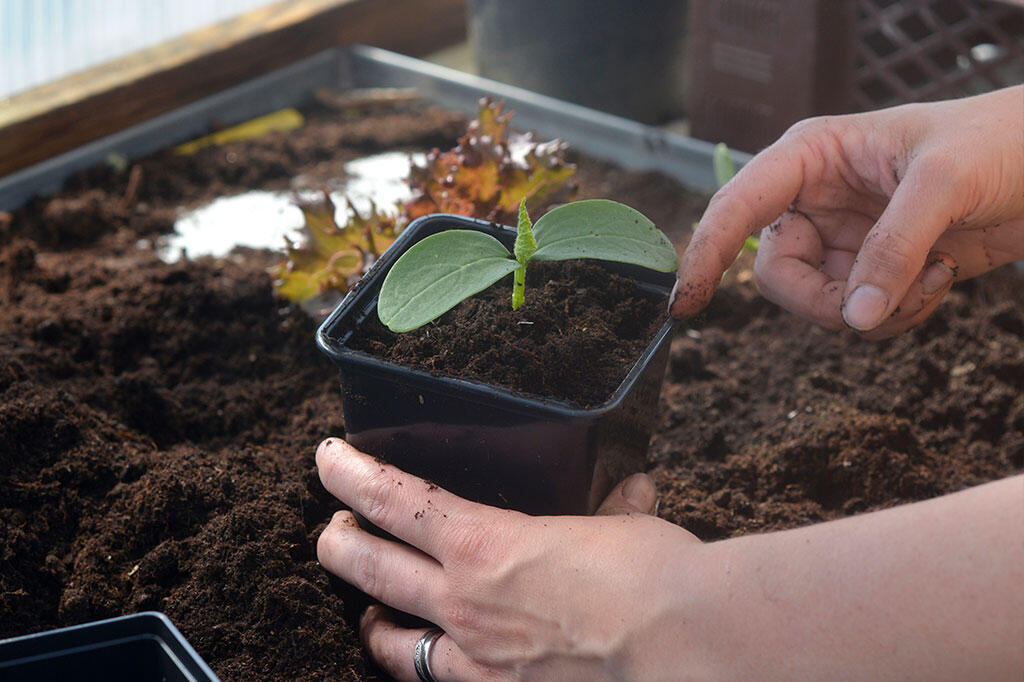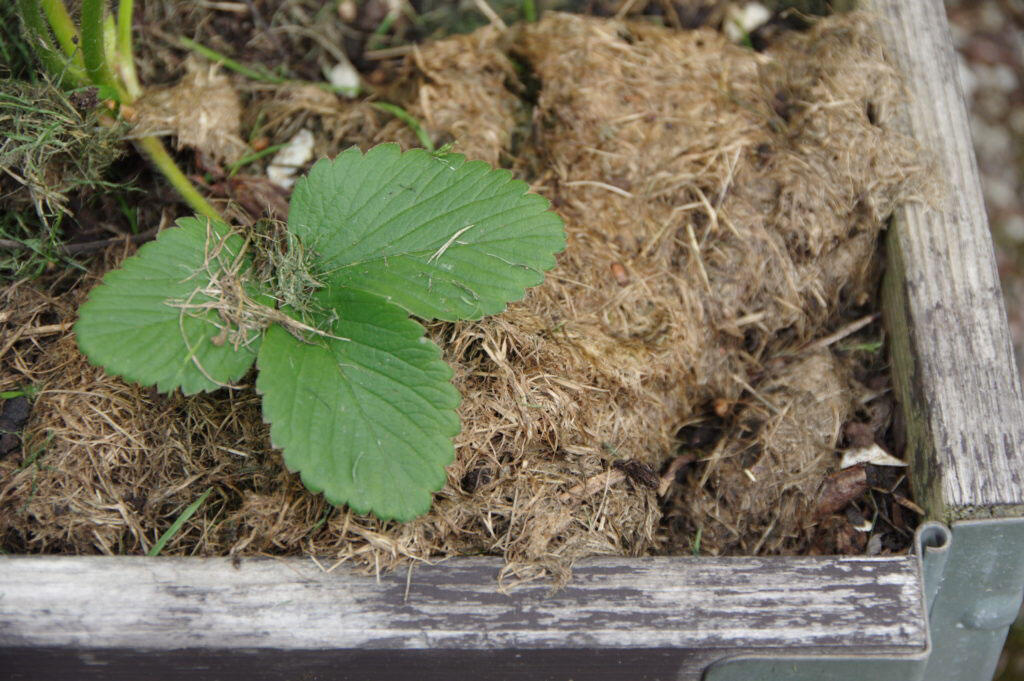The ultimate guide to plant food - when and how to add it
April 14, 2021Springtime is known as the season where everything sprouts. This requires a lot of energy from the plants and sometimes they might need a little help. Therefore, you might ask yourself: should I add plant food to my plants? If so, which type of plant food should I choose, when should I add it, and how do I do it?
Nutrition in soil
There are different types of soils to choose from; soils that are made for certain types of plants or certain stages of cultivation. There are, for example, soil for pre-cultivation, soil for potted plants, or soil for flowers. Since seeds are developed with everything they need to grow, soil that is made for pre-cultivation and cuttings does not contain that much nutrition. Therefore, it is a good idea to switch soil during the cultivation process. After you have replanted your plants into bigger pots, using a more nutritious type of soil is a good idea, for example.

Picture: Markus Danielsson
Nutrition during and after replanting
When you replant your plants, you put them into new nutritious soil. In the beginning, there is plenty of nutrition in the soil that the plant can absorb. How long the soil stays nutritious enough depends completely on the type of soil you are using, how much nutrition your plants require, and how long the plant is supposed to grow in the same pot of soil.
If you replant your plants into a bigger pot where you plan for your plant to grow the whole summer, you could mix the bottom layer of soil with worm castings. Worm castings are an organic type of fertilizer produced from earthworms. If you replant your plants into smaller pots and they are soon to be replanted again, the most convenient solution would be to add liquid nutrition. Follow the instructions on the bottle.
Fertilizing for land grown plants
There are numerous ways to fertilize. Generally speaking, one round of fertilization in the springtime when the plants are germinating is usually required. Fertilizing should be done sometime around April and May. Around that time in the spring, seeds often grow the most and might therefore need some support.

Fill your pallet collars and your garden cultivation with cut grass; it will add nutrition during the summer. Picture: Lovisa Back
Learn to give your plants the nutrition they need
Advice on fertilizing and nutrition is convenient, but keep in mind: everything is relative. The more you cultivate, the more you will get to know your own plants and learn when they thrive. Although, if your plants cease to grow, if the leaves turn yellow, or if they in any way look tired, they probably need some nutrition. There are both liquid plant food and plant food spikes to choose from. They are very simple to use, both indoors and outdoors, all year around. If you choose liquid plant food, just add a small dose every once or twice a week, perhaps while watering your plants. If you want to be even more practical, plant food spikes are your best friend. Just place a couple of spikes along the edge of the pot, and they will nurture the soil for up to three months until it is time to replace them.